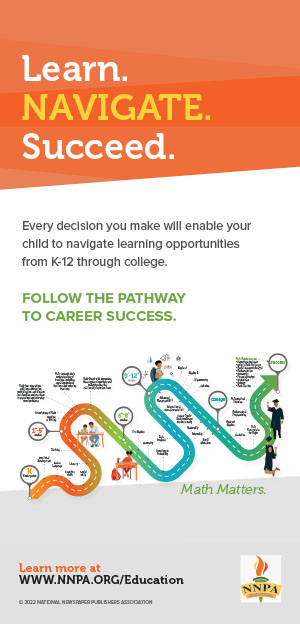HOUSTON — For generations, the fight when it comes to our children and schools have been about integration, better resources, bridging the educational gaps between whites and minority students and, over the last few years, conquering the digital divide when it comes to students in underserved communities. NEVER in a million years, would many of us have ever believed there would be a fight to keep students AWAY from the campuses, that is, until a little-known virus called COVID-19/ Coronavirus crept upon us.
Many students were excited when Spring Break 2020 was extended due to the uncertainty surrounding the virus. The excitement then turned to disappointment for many seniors who found themselves not able to graduate with their friends and stripped of the 13-year dream from Pre-K to 12th grade to walk across the stage, toss a cap in the air and bust an “I did it” dance while proud family members scream “That’s my baby!”
But now, with more than five million Americans being infected with coronavirus and the nationwide death toll topping 160.000 – which is expected to climb significantly over the upcoming fall and winter months — parents are left struggling with the decision of whether or not to send their most prized possessions back to school.
This decision is especially hard for many Black and Hispanic families, as the virus is killing members of their communities at disproportionately higher rates.
On one hand, schools provide more than just academics to children and adolescents. In addition to reading, writing and math, children learn social and emotional skills, get exercise and access to mental health support and other things that cannot be provided with online learning. For many families, school is where kids get healthy meals, access to the internet, and other vital services. It is a place of safety while many parents go to work.
But on the downside, is it a big risk sending children into the battlefield when no one can guarantee their safety?
Ideally, local school leaders, public health experts, educators and parents can work together to decide how and when to reopen schools – but no one seems to be able to agree on what is the best method. While some parents and teachers are supporting the brick-and-mortar methods of face-to-face interaction, others are adamantly against it — opting for virtual learning instead.
But virtual learning has had its fair share of issues as well.
Houston Independent School District Superintendent Dr. Grenita Lathan recently spoke with MSNBC, sharing that the district has lost contact with more than 7,000 students after school operations changed in March.
“When we switched to virtual learning in March, all of our students have a login based on ID, 7,600 (of) those students were not logging on, so they were not actively engaged. When we conducted home visits or phone calls to their families, they were not answering and so that was concerning,” she said.
HISD, which is the largest school district in Texas and the seventh largest in the nation, has launched a campaign in hopes to reconnect.
The latest American Academy of Pediatrics (AAP) advice says children learn best when they are in school. However, returning to school in person needs careful steps in place to keep students and staff safe.
AAP advises the following safety measures to keep students and staff safe:
- Physical distancing
- Wear cloth face coverings & hand hygiene
- Temperature checks and testing
- Advanced cleaning and disinfecting
- Stay up to date with immunizations
- Get physical exams from pediatrician
- Do not allow students to fill the hallways during passing periods.
- Allow students to eat lunches at their desks or in small groups
- Leave classroom doors open to help reduce high touch surfaces such as doorknobs.
- Give bus riders assigned seats and require them to wear a mask while on the bus.
- Encourage students who have other ways to get to school to use those options.
- Mark hallways and stairs with one-way arrows on the floor to cut down on crowding in the halls.
- Students should be allowed to use the playground in small groups.
In addition to having plans in place to keep students safe, there are other factors that school communities need to address:
Pressure to catch up. Some students may not have had access to computers and internet. Schools should be prepared to adjust curricula and not expect to make up all lost progress.
Students with disabilities. The impact of schools being closed may have been greater for students with disabilities. They may have a difficult time transitioning back to school after missing out on instruction time as well as school-based services such as occupational, physical, and speech-language therapy and mental health support counseling. School should review the needs of each child with an Individual Education Program before they return to school and provide services even if they are done virtually.
Behavioral health/emotional support. Your child’s school should anticipate and be prepared to address a wide range of mental health needs of students and staff and recognize students who show signs of anxiety or distress.
Remember: Returning to school during the COVID-19 pandemic may not feel like normal – at least for a while. But having safety plans – and making sure schools have the resources needed to follow them – can help protect students, teachers, staff and families.










